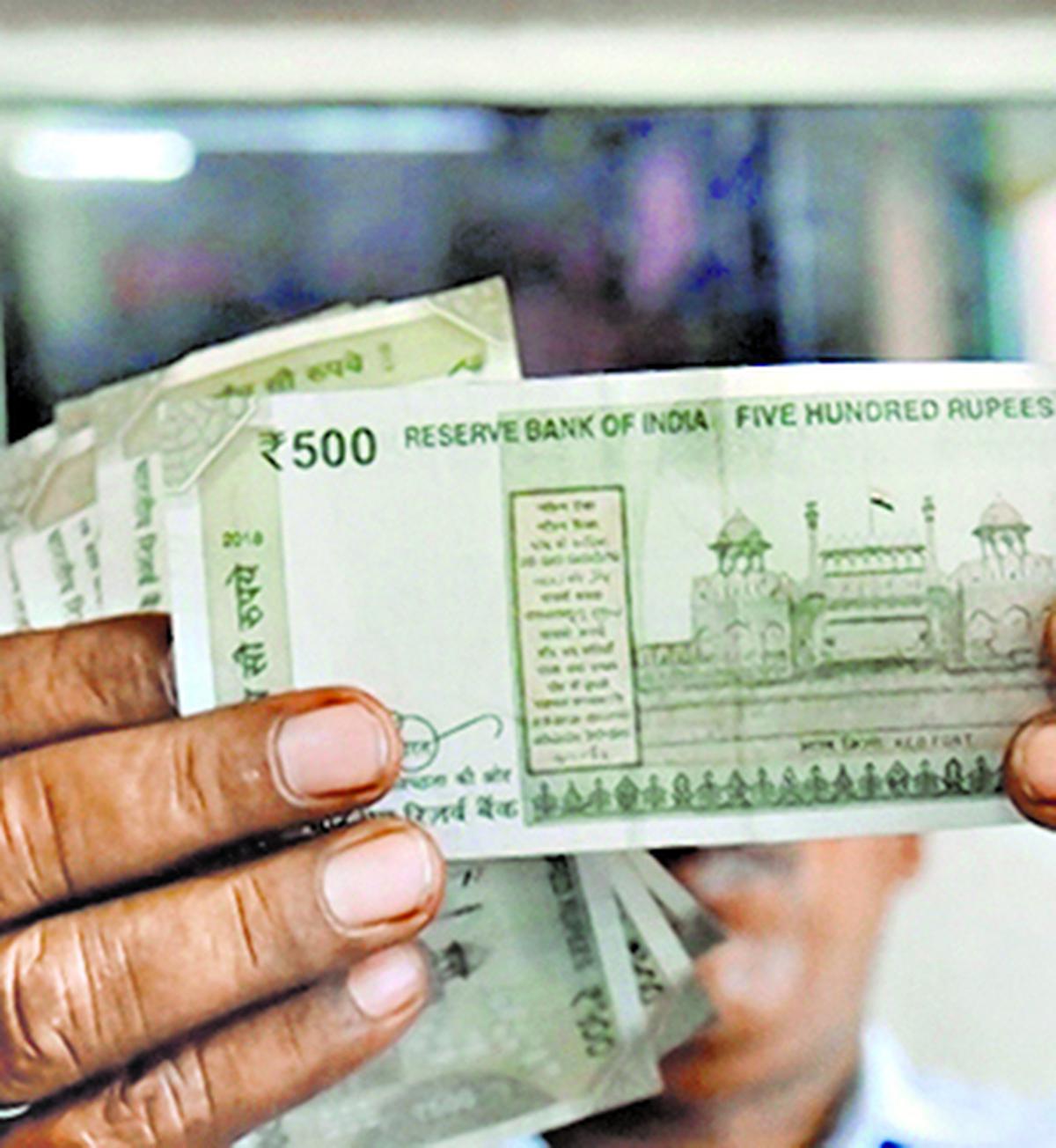
Rupee rises 22 paise to 82.08 against U.S. dollar in early trade
The Hindu
On Monday, the rupee depreciated by 11 paise to close at 82.30 against the U. S. dollar
The rupee appreciated 22 paise to 82.08 against the U. S. dollar in early trade on Tuesday, tracking positive domestic equities and an overnight fall in the dollar index.
At the interbank foreign exchange, the domestic unit opened at 82.21 against the dollar, then gained further ground to touch 82.08, a gain of 22 paise over its previous close.
On Monday, the rupee depreciated by 11 paise to close at 82.30 against the U. S. dollar.
The rupee started stronger this Tuesday, tracking an overnight fall in the dollar index, said Sriram Iyer, Senior Research Analyst at Reliance Securities.
"RBI's continued presence in the markets and oil prices have stabilised and could aid sentiments," Mr. Iyer said, adding that Asian and emerging market peers remained weak this Tuesday morning amid recessionary fears and could cap appreciation bias for the local unit.
The dollar index, which gauges the greenback's strength against a basket of six currencies, rose 0.10% to 112.15.
Brent crude futures, the global oil benchmark, rose 0.32% to $91.91 per barrel.

The Union Budget unveiled on February 1, 2025, has come at a time of unprecedented global uncertainty and a flagging domestic economy. The real GDP growth is estimated at 6.4% for 2024-25 and between 6.3-6.8% for 2025-26, a far cry from >8 percent growth required annually to make India a developed nation by 2047. While much attention has been devoted to the demand stimulus through income tax cuts, not enough is said about the proposed reforms in urban development, tariff rationalisation, and regulatory simplification aimed at making Indian cities and corporates more competitive. Since the majority of economic activity is located in cities (urban areas account for ~55% of GDP) and produced by large corporates (~40% of the national output and 55% of India’s exports), the above-mentioned reforms have a pivotal role in improving India’s trend growth rate. Below we unpack each reform.












